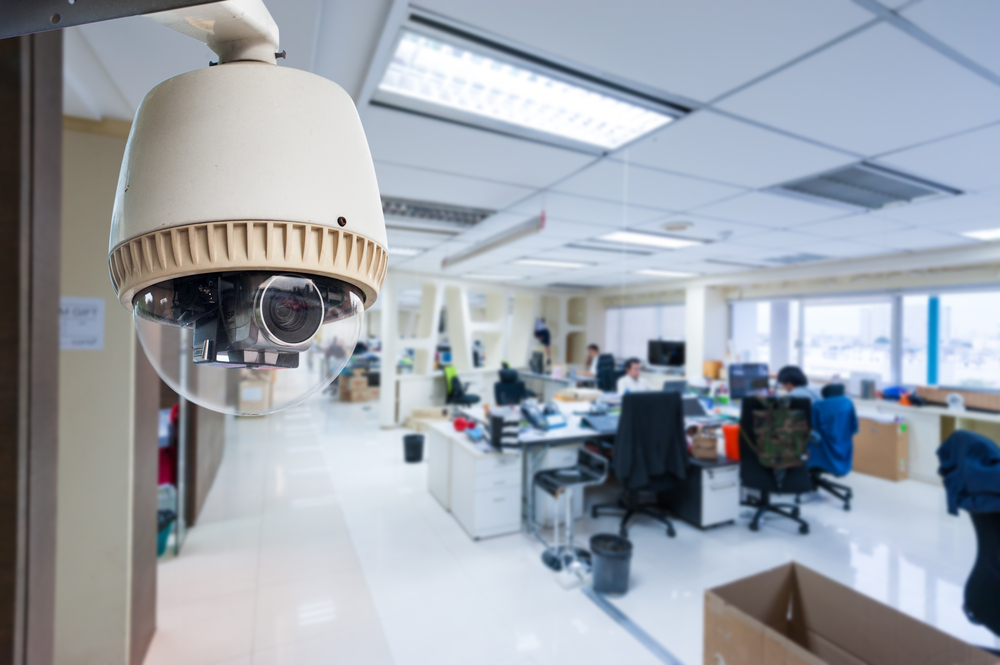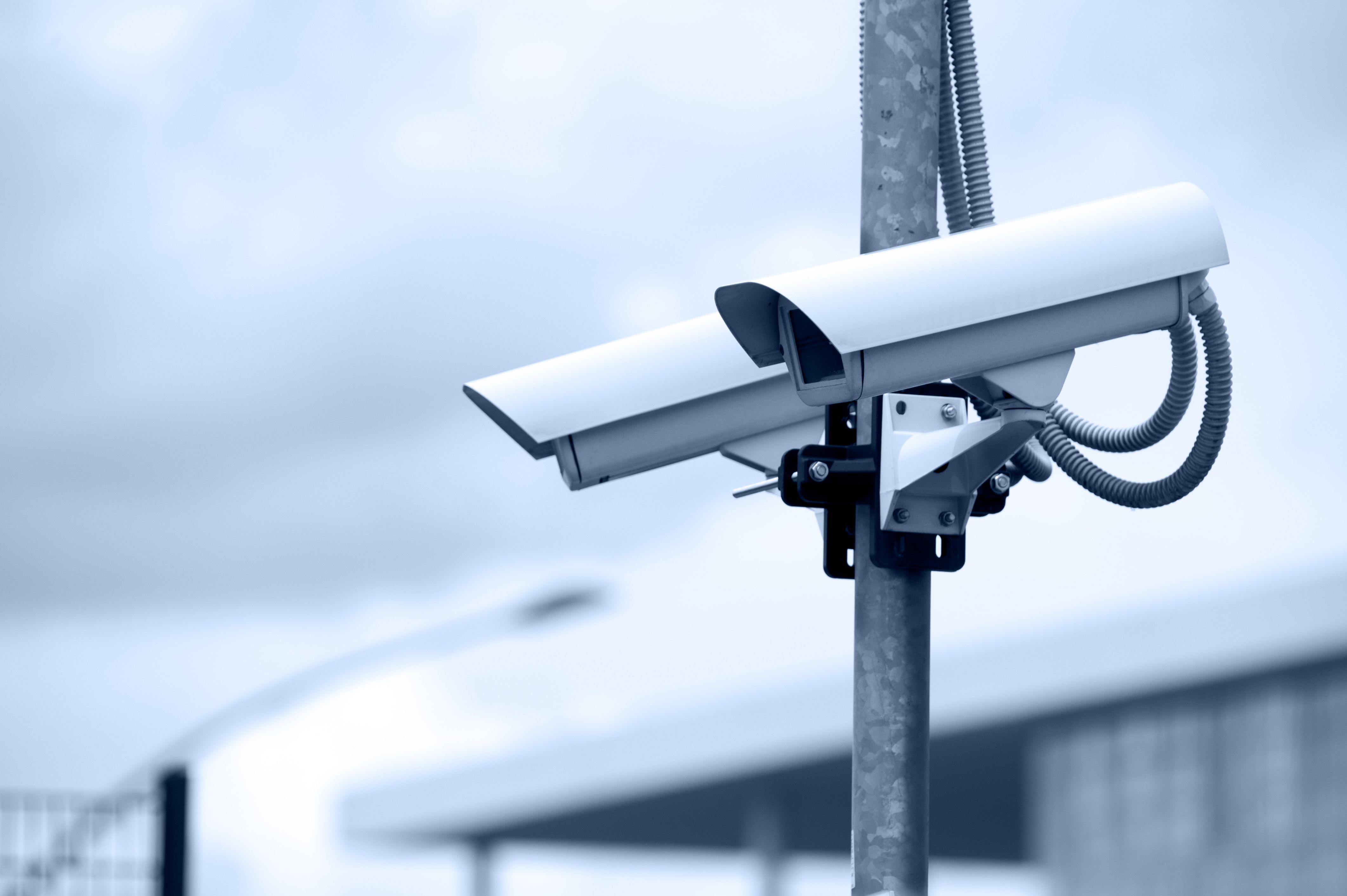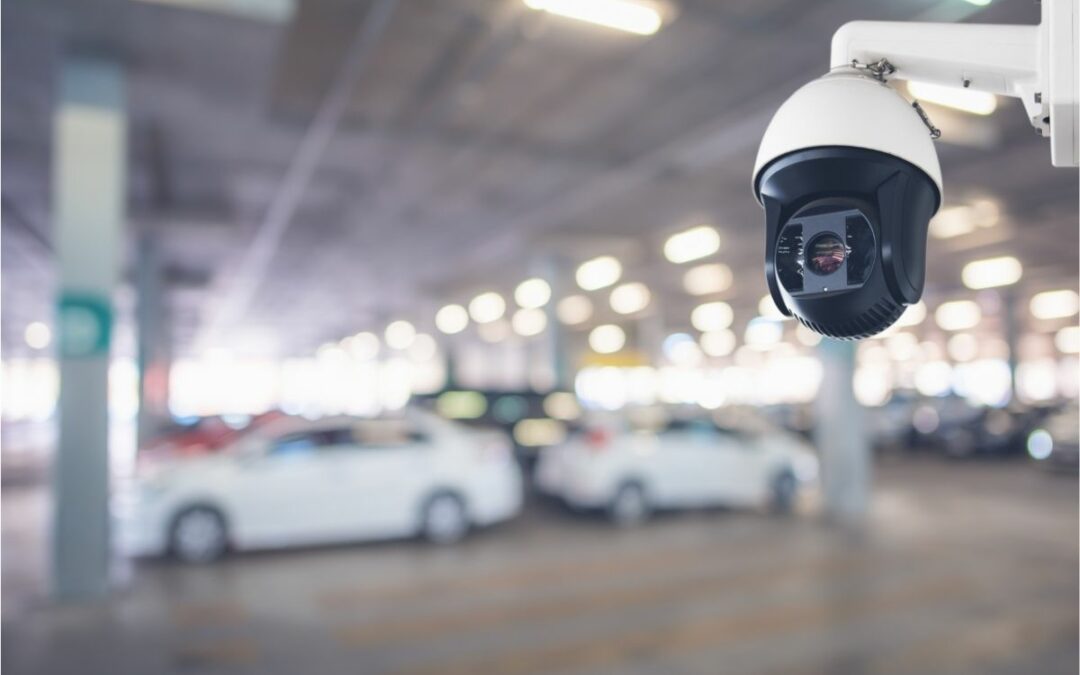The security of our homes, businesses, and loved ones is of paramount importance. In today's world, where crime rates are on the rise, having a reliable and effective security system in place is crucial. One such essential component of modern security systems is the security camera. In this article, we will delve into the world of security cameras, exploring their types, features, installation, benefits, limitations, legal considerations, and more. So, let's dive in and uncover how security cameras can provide an extra layer of protection for your property and peace of mind for you and your loved ones.
Introduction
What are security cameras?
Security cameras, also known as surveillance cameras or CCTV (Closed Circuit Television) cameras, are electronic devices that capture and record video footage of a particular area or premises. They are commonly used for surveillance and security purposes to monitor and record activities in and around homes, businesses, public places, and other locations.
Importance
Importance of security cameras
Security cameras play a crucial role in ensuring the safety and security of our surroundings. They act as a deterrent to potential criminals, as the presence of cameras can discourage unlawful activities such as theft, vandalism, and trespassing. Moreover, security cameras provide valuable evidence in case of any untoward incidents, helping law enforcement agencies in investigating and solving crimes. They also offer peace of mind to homeowners, business owners, and individuals by allowing them to monitor their premises in real-time and keep a watchful eye on their properties and loved ones.

Types
Different types of security cameras
Security cameras come in various types, each with its specific features and applications. Some common types of security cameras include:
Dome Cameras: These cameras are small and discreet, shaped like a dome, and can be installed indoors or outdoors. They are popular for their vandal-proof design and provide a 360-degree view of the surroundings.
Bullet Cameras:
These cameras are cylindrical in shape and are typically used for outdoor surveillance. They are easy to install and can be mounted on walls or ceilings.
PTZ Cameras:
PTZ stands for Pan-Tilt-Zoom, and these cameras offer the ability to pan, tilt, and zoom in and out to capture a wider range of views. They are commonly used in large areas that require constant monitoring, such as parking lots or stadiums.
Wireless Cameras:
These cameras do not require any physical cables for connectivity and can transmit video footage wirelessly. They are easy to install and are ideal for remote locations or areas where wiring is not feasible.
IP Cameras:
IP stands for Internet Protocol, and these cameras are connected to a network, allowing remote access and control. They are versatile and offer high-quality video footage, making them popular for both residential and commercial use.
Hidden Cameras:
These cameras are discreetly hidden in everyday objects such as clocks, smoke detectors, or even teddy
Features
Key features of security cameras
Security cameras come with a wide range of features that enhance their functionality and effectiveness. Some common features of security cameras include:
Resolution:
The resolution of a security camera determines the clarity and quality of the video footage. Higher resolution cameras capture clearer images, allowing for better identification of individuals or objects.

Night Vision:
Night vision capability allows security cameras to capture clear footage even in low-light or complete darkness. This is particularly important for outdoor surveillance during nighttime.
Motion Detection:
Cameras with motion detection feature can detect any movement within their field of view and trigger an alert or recording. This helps in capturing any suspicious activities and conserves storage space by only recording when there is motion.
Remote Access:
Many modern security cameras offer remote access, allowing users to monitor their premises in real-time from anywhere using their smartphones, tablets, or computers. This enables users to keep an eye on their property even when they are away.
Cloud Storage:
Some security cameras come with cloud storage options, where the recorded footage is stored securely on cloud servers. This ensures that the footage is not lost even if the camera is tampered with or stolen.
Two-way Audio:
Cameras with two-way audio capability allow users to communicate with individuals on the other side of the camera, either through a built-in speaker or a connected speaker system. This can be useful for remotely communicating with visitors or intruders.
Installation
How to install security cameras
Installing security cameras requires careful planning and consideration of various factors such as the location, angle, and height of the camera, as well as the wiring and connectivity requirements. Here are some general steps for installing security cameras:
Select the camera location:
Identify the areas that require surveillance and choose suitable locations for the cameras. Consider factors such as the field of view, coverage area, and accessibility.
Mount the camera:
Install the camera using appropriate mounting brackets or hardware. Ensure that the camera is securely attached and positioned at the desired angle for optimal coverage.
Connect the camera:
Connect the camera to the power source and the recording device, such as a DVR (Digital Video Recorder) or NVR (Network Video Recorder). If using wireless cameras, follow the manufacturer's instructions for connecting to the Wi-Fi network.
Configure the camera:
Set up the camera's settings, such as resolution, motion detection, and night vision, according to your requirements. Configure any remote access or cloud storage options, if available.
Test the camera:
Test the camera to ensure that it is capturing clear footage and recording properly. Make adjustments as necessary to achieve the desired results.
Placement
Ideal placement of security cameras
The placement of security cameras is crucial to their effectiveness in capturing clear and useful footage. Here are some guidelines for ideal camera placement:
Entry points:
Install cameras near entry points such as doors, windows, and garages, as these are common points of entry for intruders.
High-traffic areas:
Place cameras in areas with high foot traffic, such as hallways, staircases, or common areas, to capture any suspicious activities or movements.
Perimeter coverage:
Install cameras around the perimeter of the property to monitor any unauthorized access or trespassing.
Blind spots:
Identify and cover any blind spots or areas with poor visibility, such as dark corners or hidden alleys, to ensure comprehensive surveillance.
Height and angle:
Mount cameras at a height and angle that provides optimal coverage of the desired area. Avoid placing cameras too high or too low, as it can affect the quality of the footage. A height of 8-10 feet above the ground and an angle of 30-45 degrees downward are generally recommended.
Indoor and outdoor cameras:
Consider using both indoor and outdoor cameras for comprehensive coverage. Indoor cameras can monitor the interior spaces of your property, while outdoor cameras can capture activities happening outside.
Maintenance
Tips for maintaining security cameras
Proper maintenance of security cameras is essential to ensure their longevity and optimal performance. Here are some tips for maintaining security cameras:

Regular cleaning:
Clean the camera lenses regularly to remove dirt, dust, and debris that can affect the image quality. Use a soft, lint-free cloth and a cleaning solution recommended by the manufacturer.
Check connections:
Regularly check the connections of the cameras, including power cables and network cables, to ensure they are secure and functioning properly.
Update firmware:
Check for firmware updates from the manufacturer and keep the cameras' firmware up-to-date to ensure they have the latest security patches and performance improvements.
Monitor storage:
Monitor the storage capacity of the recording device, such as DVR or NVR, and delete old footage or expand storage capacity as needed to ensure continuous recording.
Inspect camera housing:
Check the camera housing for any signs of damage, such as cracks or leaks, and replace or repair as necessary to protect the camera from environmental factors.
Test camera performance:
Regularly test the performance of the cameras, including resolution, night vision, and motion detection, to ensure they are functioning properly and capturing clear footage.
Conclusion
Investing in security cameras is a crucial step towards securing your property and ensuring the safety of your loved ones. With their advanced features, installation in strategic locations, and proper maintenance, security cameras can provide effective surveillance and peace of mind. Remember to consider factors such as resolution, night vision, motion detection, remote access, and cloud storage when selecting a security camera that meets your requirements. Proper installation, placement, and maintenance are also key to maximizing the performance and longevity of your security cameras. By following these guidelines, you can enhance the security of your property and deter potential intruders.
FAQs
What is the best resolution for a security camera?
The best resolution for a security camera depends on your specific requirements and budget. Higher resolution cameras such as 1080p or 4K offer clearer and more detailed images but may be more expensive. Lower resolution cameras like 720p may be more budget-friendly but may have reduced image quality.
Can I access my security cameras remotely?
Yes, many modern security cameras offer remote access, allowing you to monitor your premises in real-time from anywhere using your smartphone, tablet, or computer. You can also receive alerts and notifications on your devices when motion is detected or other events occur.
How often should I clean my security camera lenses?
It is recommended to clean the camera lenses at least once a month or more frequently if you notice any dirt or debris affecting the image quality. Use a soft, lint-free cloth and a cleaning solution recommended by the manufacturer.
Do security cameras require professional installation?
Not necessarily. Many security cameras are designed for DIY (Do-It-Yourself) installation and come with detailed instructions for installation. However, if you are not comfortable with the installation process or require a more complex setup, it is recommended to seek professional installation services.
Do security cameras record all the time?
It depends on the settings and configuration of your security camera. Some cameras can be set to record continuously, while others may only record when motion is detected or based on

No comments yet